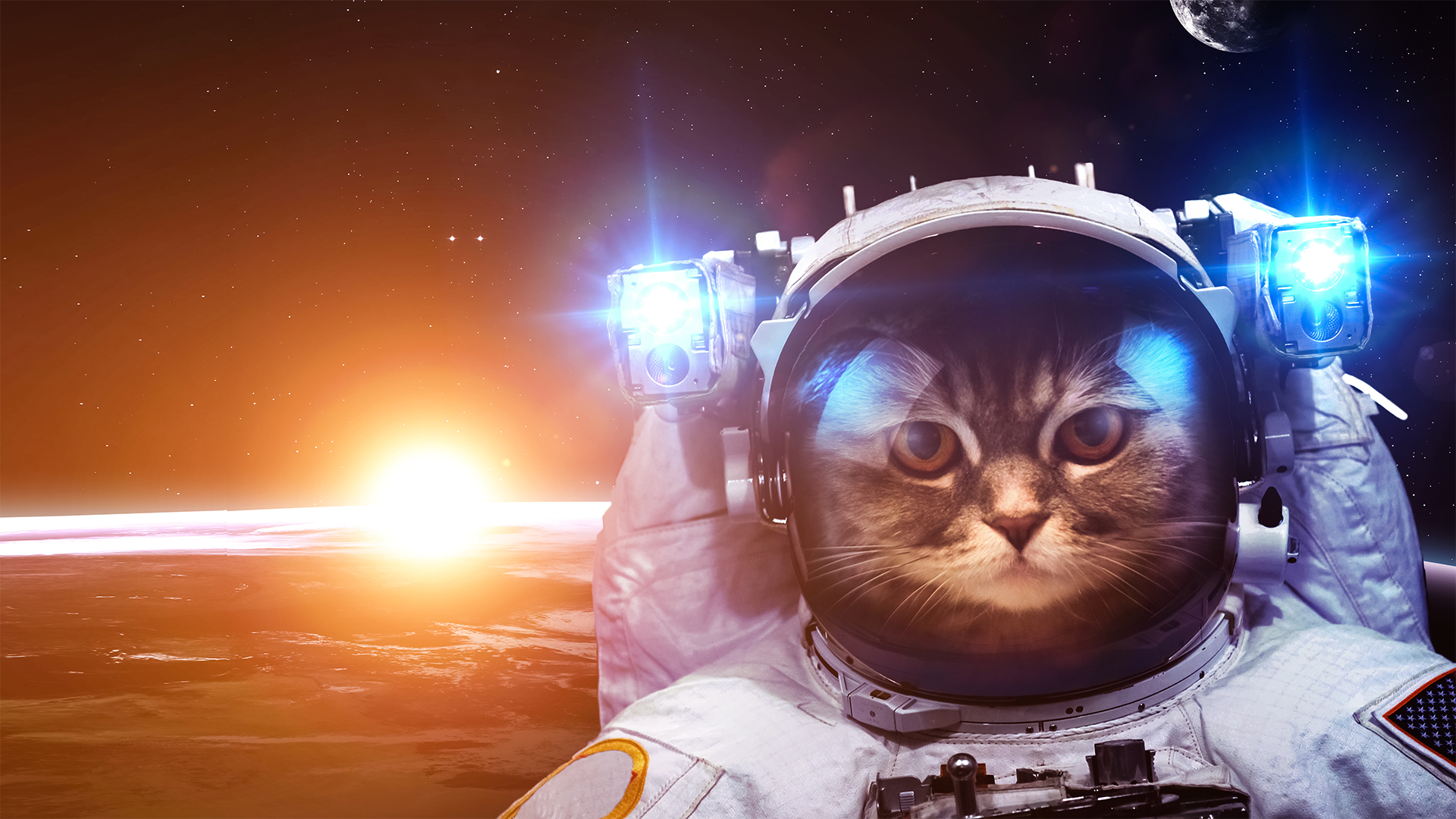
¿Cuánto tiempo pueden sobrevivir los humanos (y los animales) en el espacio?
Traits & Environmental Variation
4.7
(8576 reviews)
Scroll for prep

Please wait…
This video is having trouble loading. You may have lost your Internet connection.
Step 1: Click to Reload this page
Step 2: Click to
Try our other video player
Step 3: Contact your teacher if trouble persists.
Or,
dismiss this message.
CONVERSEMOS:
¿Qué cosas sabes sobre el espacio exterior que lo hacen tan peligroso?

Please wait…
This video is having trouble loading. You may have lost your Internet connection.
Step 1: Click to Reload this page
Step 2: Click to
Try our other video player
Step 3: Contact your teacher if trouble persists.
Or,
dismiss this message.
CONVERSEMOS:
¿Qué peligros crees que podría haber al vivir dentro de la nave espacial?

Please wait…
This video is having trouble loading. You may have lost your Internet connection.
Step 1: Click to Reload this page
Step 2: Click to
Try our other video player
Step 3: Contact your teacher if trouble persists.
Or,
dismiss this message.
CONVERSEMOS:
¿Qué rasgos de Scott Kelly crees que cambiaron mientras estaba en el espacio? ¿Por qué crees que esos rasgos cambiaron?

Please wait…
This video is having trouble loading. You may have lost your Internet connection.
Step 1: Click to Reload this page
Step 2: Click to
Try our other video player
Step 3: Contact your teacher if trouble persists.
Or,
dismiss this message.

Please wait…
This video is having trouble loading. You may have lost your Internet connection.
Step 1: Click to Reload this page
Step 2: Click to
Try our other video player
Step 3: Contact your teacher if trouble persists.
Or,
dismiss this message.
Paso
01/20
01/20
Encuentra un compañero o compañera con quien trabajar.
Trabajarán juntos para tomar algunas medidas y hacer predicciones.
Trabajarán juntos para tomar algunas medidas y hacer predicciones.

Please wait…
This video is having trouble loading. You may have lost your Internet connection.
Step 1: Click to Reload this page
Step 2: Click to
Try our other video player
Step 3: Contact your teacher if trouble persists.
Or,
dismiss this message.
Paso
02/20
02/20
Obtén estos materiales. Recibirás otros más adelante.

Please wait…
This video is having trouble loading. You may have lost your Internet connection.
Step 1: Click to Reload this page
Step 2: Click to
Try our other video player
Step 3: Contact your teacher if trouble persists.
Or,
dismiss this message.
Paso
03/20
03/20
Decidan quién será el Astronauta A y quién será el Astronauta B.
Escriban sus nombres y letras en la parte superior de la hoja de
trabajo y en una notita.
Escriban sus nombres y letras en la parte superior de la hoja de
trabajo y en una notita.

Please wait…
This video is having trouble loading. You may have lost your Internet connection.
Step 1: Click to Reload this page
Step 2: Click to
Try our other video player
Step 3: Contact your teacher if trouble persists.
Or,
dismiss this message.
Paso
04/20
04/20
Antes de comenzar, ve cómo se hacen una lagartija. Comenzarás
boca abajo en el suelo y luego te levantarás con los brazos.
boca abajo en el suelo y luego te levantarás con los brazos.

Please wait…
This video is having trouble loading. You may have lost your Internet connection.
Step 1: Click to Reload this page
Step 2: Click to
Try our other video player
Step 3: Contact your teacher if trouble persists.
Or,
dismiss this message.
Paso
05/20
05/20
Encuentra un lugar en el que Astronauta A tenga espacio para
acostarse. Astronauta A: prepárate para hacer lagartijas.
Astronauta B: prepárate para contar.
acostarse. Astronauta A: prepárate para hacer lagartijas.
Astronauta B: prepárate para contar.

Please wait…
This video is having trouble loading. You may have lost your Internet connection.
Step 1: Click to Reload this page
Step 2: Click to
Try our other video player
Step 3: Contact your teacher if trouble persists.
Or,
dismiss this message.
Paso
06/20
06/20
Astronauta A: escribe cuántas lagartijas hiciste en tu hoja de trabajo.
Astronauta B: prepárate para hacer lagartijas. El Astronauta A las
contará. Tendrás 30 segundos. Escribe ese número.
Astronauta B: prepárate para hacer lagartijas. El Astronauta A las
contará. Tendrás 30 segundos. Escribe ese número.

Please wait…
This video is having trouble loading. You may have lost your Internet connection.
Step 1: Click to Reload this page
Step 2: Click to
Try our other video player
Step 3: Contact your teacher if trouble persists.
Or,
dismiss this message.
Paso
07/20
07/20
LARGARTIJAS EN LA LUNA: Encuentren un espacio donde puedan
estar contra una pared y hagan cinco lagartijas de esta forma.
estar contra una pared y hagan cinco lagartijas de esta forma.

Please wait…
This video is having trouble loading. You may have lost your Internet connection.
Step 1: Click to Reload this page
Step 2: Click to
Try our other video player
Step 3: Contact your teacher if trouble persists.
Or,
dismiss this message.
Paso
08/20
08/20
Descubrieron qué hacer lagartijas en la Luna es más fácil.
Conversemos:
Conversemos:

Please wait…
This video is having trouble loading. You may have lost your Internet connection.
Step 1: Click to Reload this page
Step 2: Click to
Try our other video player
Step 3: Contact your teacher if trouble persists.
Or,
dismiss this message.
Paso
09/20
09/20
Después de un año en el espacio, los brazos de Scott perdieron
fuerza. ¿Qué crees que le pasaría a tu fuerza y por qué? Contesta
esta pregunta en tu hoja de trabajo.
fuerza. ¿Qué crees que le pasaría a tu fuerza y por qué? Contesta
esta pregunta en tu hoja de trabajo.

Please wait…
This video is having trouble loading. You may have lost your Internet connection.
Step 1: Click to Reload this page
Step 2: Click to
Try our other video player
Step 3: Contact your teacher if trouble persists.
Or,
dismiss this message.
Paso
10/20
10/20
Encuentren un lugar donde el Astronauta A pueda caminar en una
línea recta dando 15 pasos pequeños.
línea recta dando 15 pasos pequeños.

Please wait…
This video is having trouble loading. You may have lost your Internet connection.
Step 1: Click to Reload this page
Step 2: Click to
Try our other video player
Step 3: Contact your teacher if trouble persists.
Or,
dismiss this message.
Paso
11/20
11/20
A, camina de talón a punta y da tantos pasos como puedas
sin perder el equilibrio. Detente después de 10 paso. B, cuenta
los pasos.
sin perder el equilibrio. Detente después de 10 paso. B, cuenta
los pasos.

Please wait…
This video is having trouble loading. You may have lost your Internet connection.
Step 1: Click to Reload this page
Step 2: Click to
Try our other video player
Step 3: Contact your teacher if trouble persists.
Or,
dismiss this message.
Paso
12/20
12/20
A: escribe cuántos pasos diste sin perder el equilibrio. B: ahora
te toca caminar a tí mientras el Astronauta A te ayuda a contar.
te toca caminar a tí mientras el Astronauta A te ayuda a contar.

Please wait…
This video is having trouble loading. You may have lost your Internet connection.
Step 1: Click to Reload this page
Step 2: Click to
Try our other video player
Step 3: Contact your teacher if trouble persists.
Or,
dismiss this message.
Paso
13/20
13/20
Conversemos:

Please wait…
This video is having trouble loading. You may have lost your Internet connection.
Step 1: Click to Reload this page
Step 2: Click to
Try our other video player
Step 3: Contact your teacher if trouble persists.
Or,
dismiss this message.
Paso
14/20
14/20
Antes de que Scott Kelly se fuera al espacio, podía dar 10 pasos
sin ningún problema. Pero mira este video de cuándo regresó a la
Tierra. Conversemos:
sin ningún problema. Pero mira este video de cuándo regresó a la
Tierra. Conversemos:

Please wait…
This video is having trouble loading. You may have lost your Internet connection.
Step 1: Click to Reload this page
Step 2: Click to
Try our other video player
Step 3: Contact your teacher if trouble persists.
Or,
dismiss this message.
Paso
15/20
15/20
En sus hojas de trabajo, hagan una predicción de cómo sería su
equilibrio después de un año en el espacio.
equilibrio después de un año en el espacio.

Please wait…
This video is having trouble loading. You may have lost your Internet connection.
Step 1: Click to Reload this page
Step 2: Click to
Try our other video player
Step 3: Contact your teacher if trouble persists.
Or,
dismiss this message.
Paso
16/20
16/20
A: párate contra la pared de esta forma. B: pon la notita del
astronauta A para marcar la parte de arriba de su cabeza. Luego,
cambien de lugar.
astronauta A para marcar la parte de arriba de su cabeza. Luego,
cambien de lugar.

Please wait…
This video is having trouble loading. You may have lost your Internet connection.
Step 1: Click to Reload this page
Step 2: Click to
Try our other video player
Step 3: Contact your teacher if trouble persists.
Or,
dismiss this message.
Paso
17/20
17/20
Midan la distancia desde el piso hasta la marca para el Astronauta
A, así. Escriban ese número en la hoja de trabajo del Astronauta A.
Luego hagan lo mismo para el Astronauta B.
A, así. Escriban ese número en la hoja de trabajo del Astronauta A.
Luego hagan lo mismo para el Astronauta B.

Please wait…
This video is having trouble loading. You may have lost your Internet connection.
Step 1: Click to Reload this page
Step 2: Click to
Try our other video player
Step 3: Contact your teacher if trouble persists.
Or,
dismiss this message.
Paso
18/20
18/20
Conversemos:

Please wait…
This video is having trouble loading. You may have lost your Internet connection.
Step 1: Click to Reload this page
Step 2: Click to
Try our other video player
Step 3: Contact your teacher if trouble persists.
Or,
dismiss this message.
Paso
19/20
19/20
Cuando Scott Kelly regresó después de un año en el espacio, era dos pulgadas más alto que cuando se fue. Conversemos:

Please wait…
This video is having trouble loading. You may have lost your Internet connection.
Step 1: Click to Reload this page
Step 2: Click to
Try our other video player
Step 3: Contact your teacher if trouble persists.
Or,
dismiss this message.
Paso
20/20
20/20
Predigan cuál sería su altura después de un año en el espacio.
Después, vean el último video.
Después, vean el último video.

Please wait…
This video is having trouble loading. You may have lost your Internet connection.
Step 1: Click to Reload this page
Step 2: Click to
Try our other video player
Step 3: Contact your teacher if trouble persists.
Or,
dismiss this message.

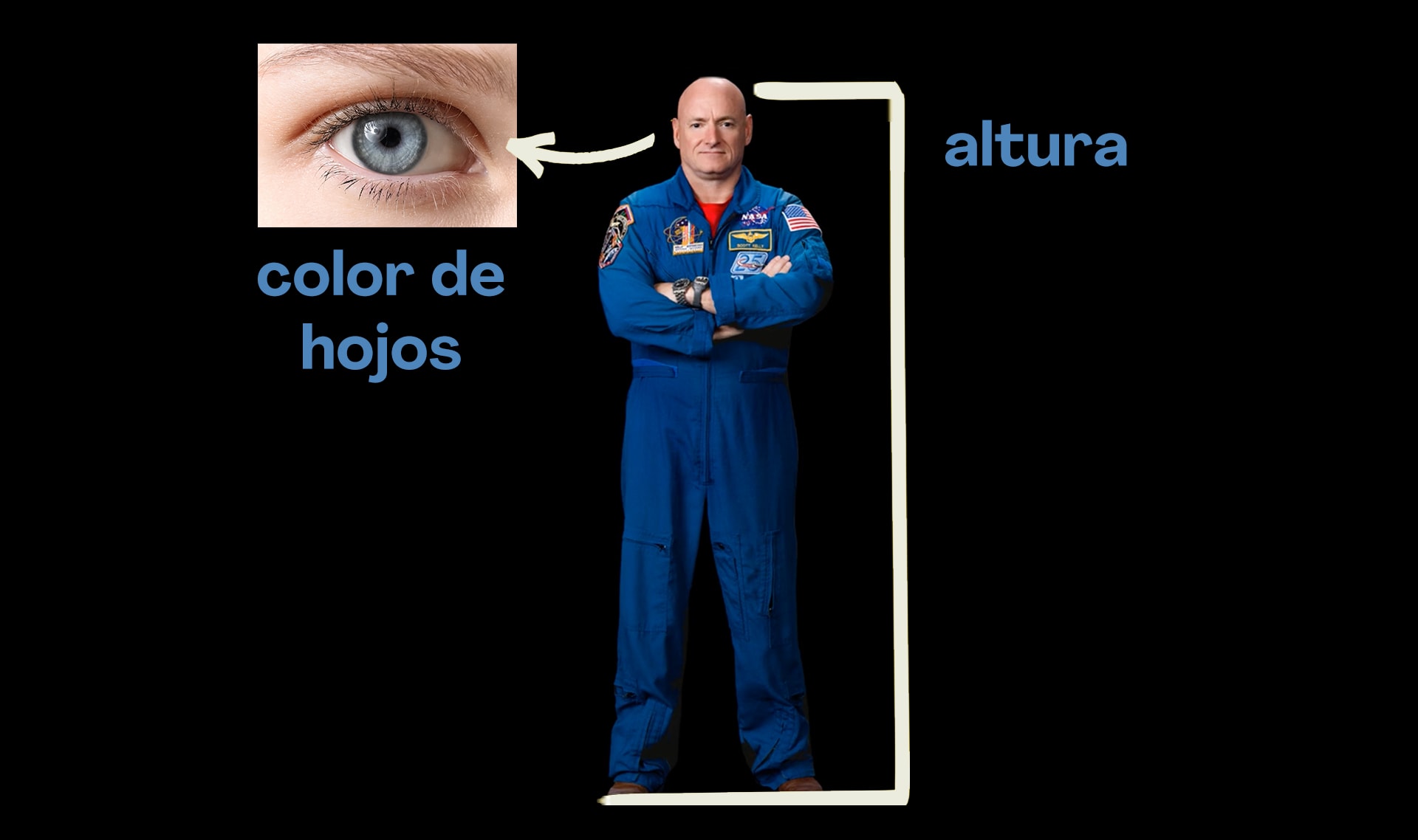
rasgo
1 de 7
algo que puedes observar acerca de un ser viviente, por ejemplo, el color de ojos de una persona o su altura
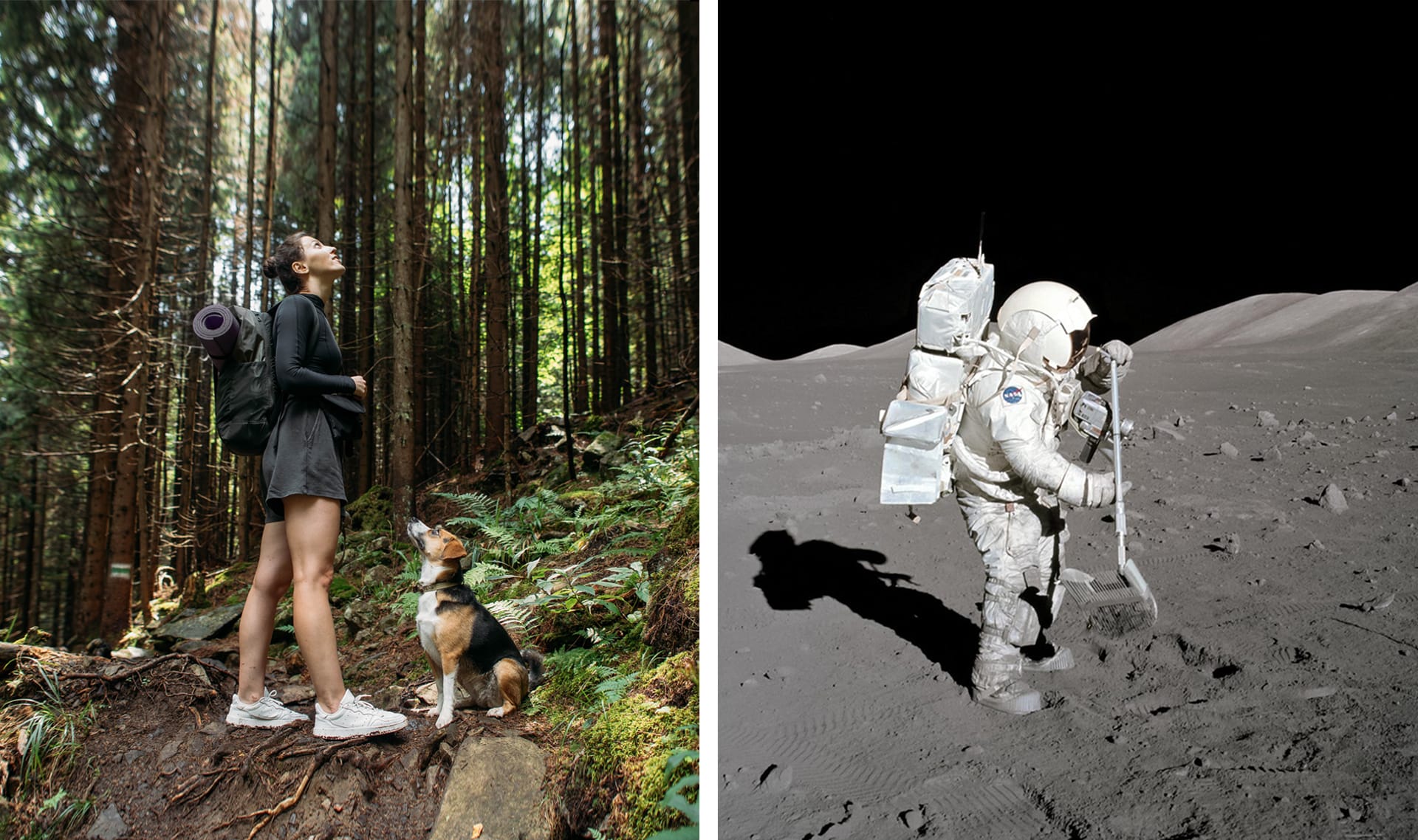
medio ambiente
2 de 7
todos los seres vivos y no vivientes que se encuentran en un lugar
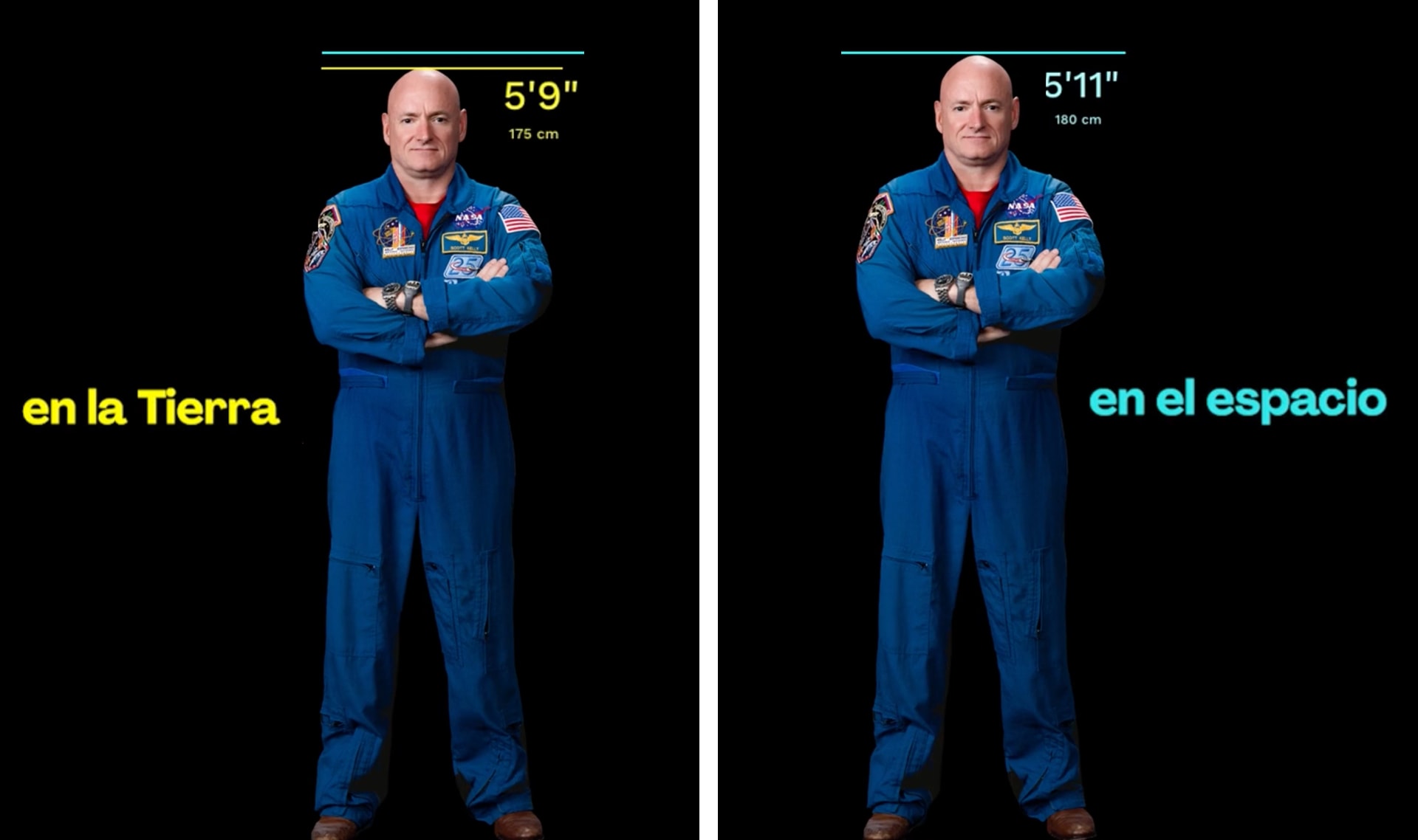
rasgo adquirido
3 de 7
una característica que puede cambiar debido al medio ambiente

fuerza
4 de 7
algo que jala o empuja
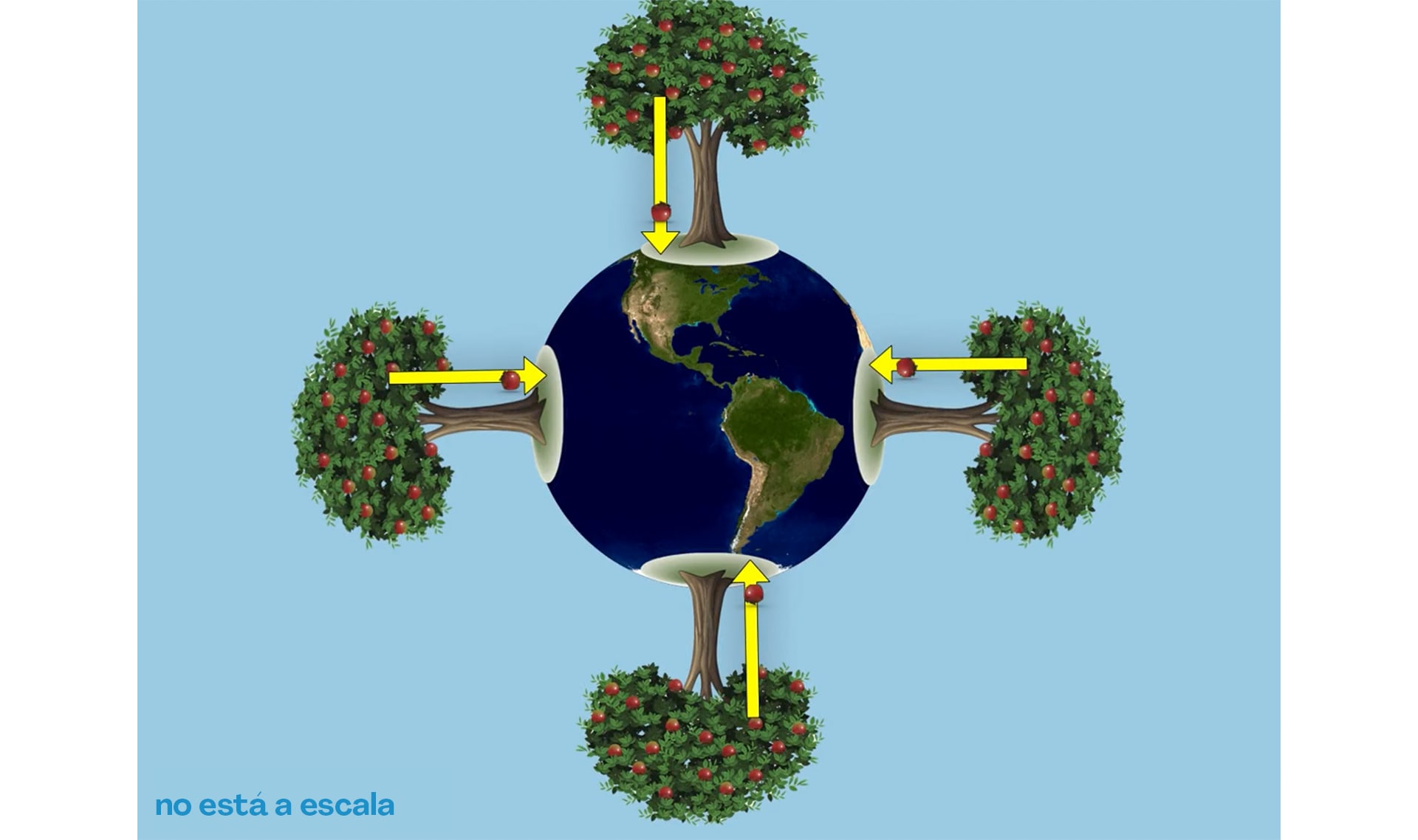
gravedad
5 de 7
la fuerza invisible que empuja cualquier objeto hacia abajo, hacia de la Tierra

Please wait…
This video is having trouble loading. You may have lost your Internet connection.
Step 1: Click to Reload this page
Step 2: Click to
Try our other video player
Step 3: Contact your teacher if trouble persists.
Or,
dismiss this message.
medir
6 de 7
describir algo usando números que después se pueden comparar
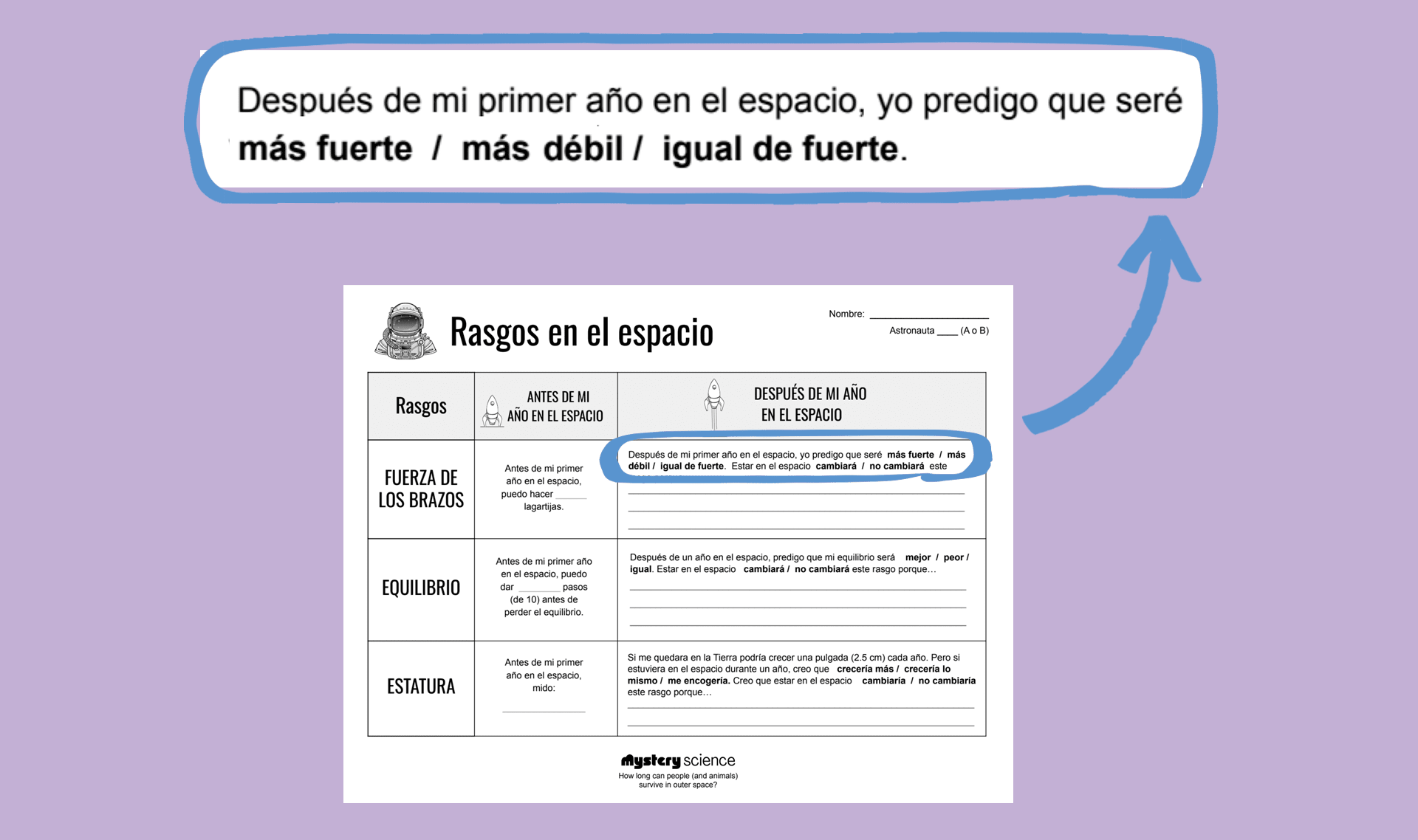
predecir
7 de 7
suponer lo que va a suceder basándote en cosas que ya sabes


